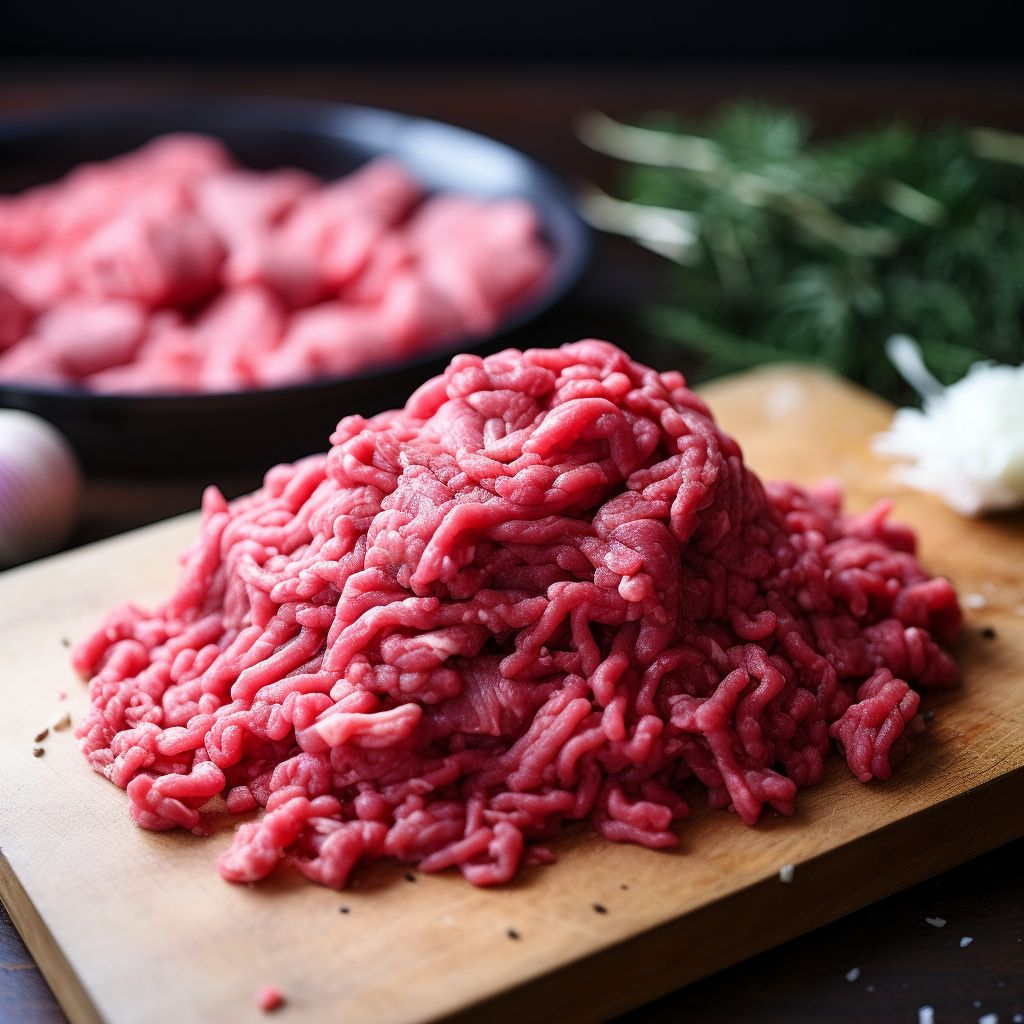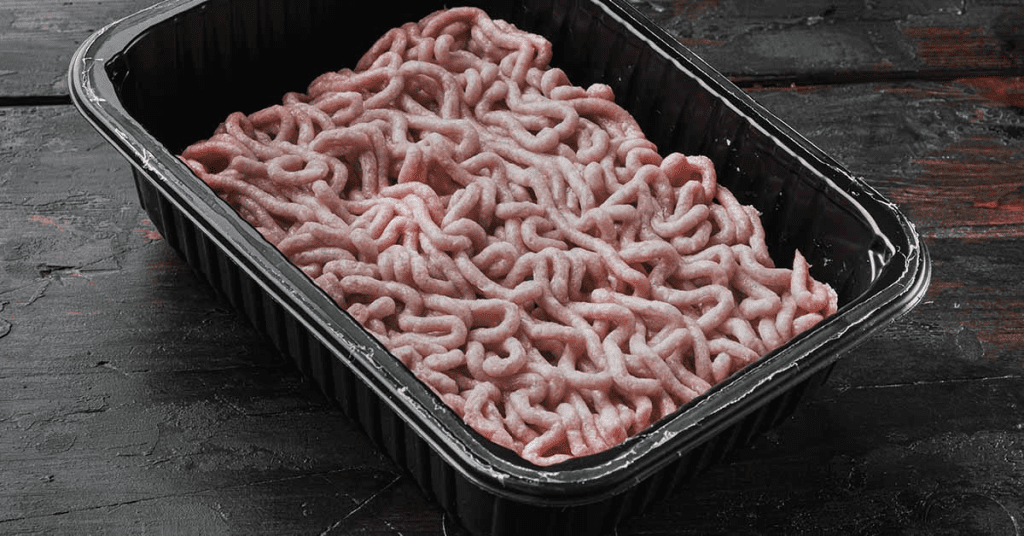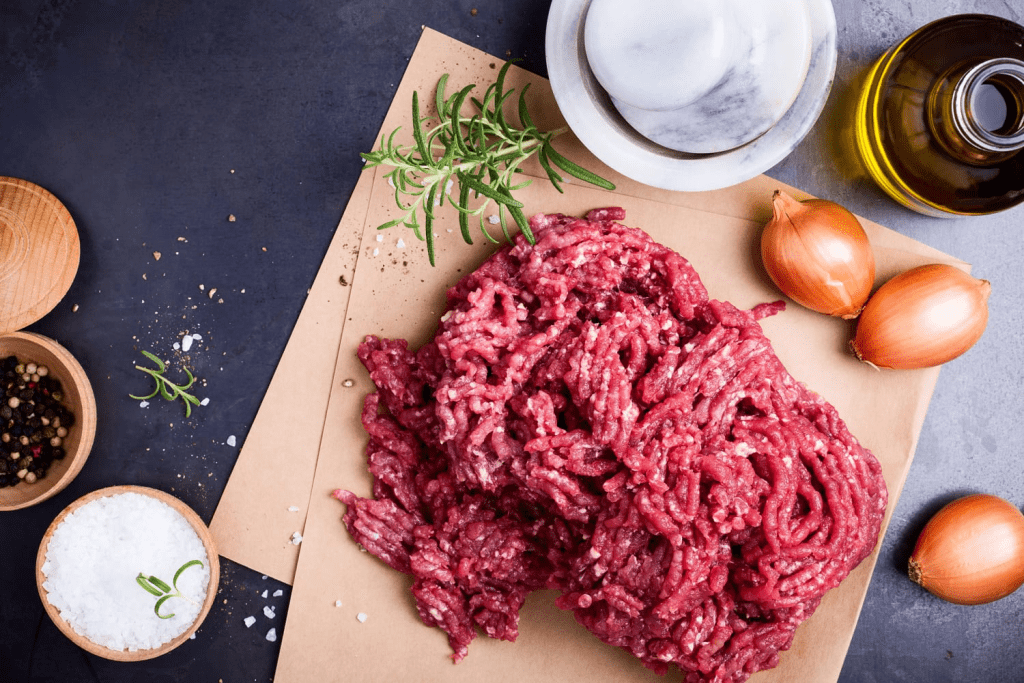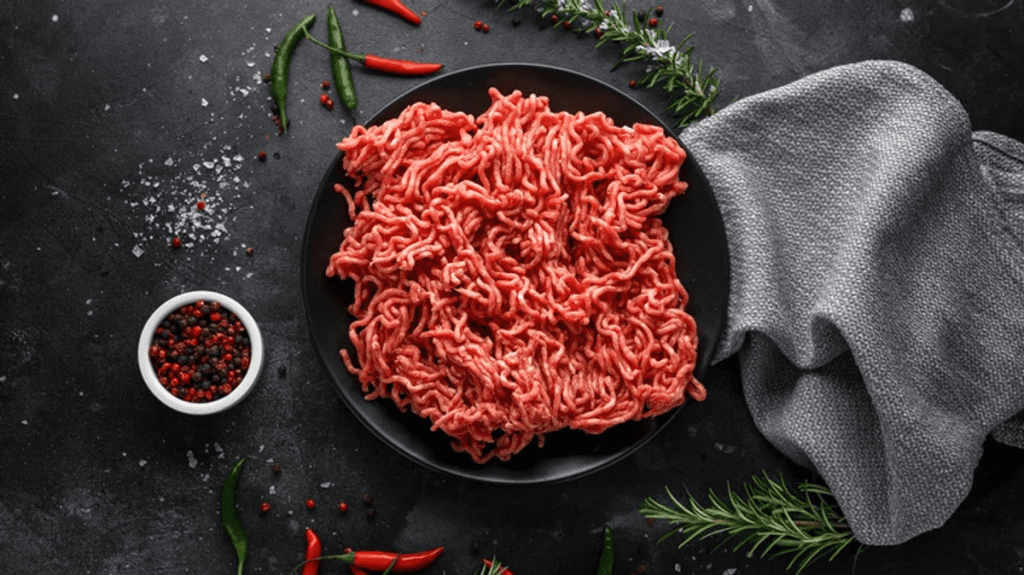Beef is a culinary staple enjoyed in homes and restaurants worldwide. But one question many people ask is, “Is it safe to eat beef that has turned gray?” That change in color can make anyone nervous. In this article, we’ll explore what causes beef to turn gray and help you determine if it’s still safe to eat.
Why Does Fresh Beef Have a Red Color?

When you first buy fresh beef, it’s likely to have a bright red or pinkish hue. That vibrant red color is thanks to a protein called myoglobin. Myoglobin is responsible for storing oxygen in muscle tissue, and when it interacts with the oxygen in the air, it turns the meat red.
However, beef doesn’t stay red forever. Over time, you might notice that it starts to turn brown or gray, especially if it has been exposed to air or has been in your fridge for a while. But does this color change automatically mean your beef has gone bad?
What Causes Beef to Turn Gray?
Several factors can lead to beef turning gray. Let’s dive into the most common reasons why your beef might change color.
Oxidation: A Natural Process
The most common reason beef turns gray is oxidation. When exposed to air, the oxygen reacts with the myoglobin on the meat’s surface, causing a change in color. This process is entirely natural and doesn’t always indicate that the beef is spoiled. It’s similar to how an apple turns brown after you slice it — the exposure to air is what causes the color change.
Aging: A Taste-Enhancing Process
Did you know that beef can be intentionally aged? Dry aging is a process that involves storing beef in a controlled environment for several weeks to enhance its flavor and tenderness. During this process, the outer layer of the beef may dry out and turn gray. While the exterior might not look appealing, the inside of the meat remains delicious and safe to eat.
Packaging: How It Affects Color
The packaging can also affect the color of beef. If the meat is vacuum-sealed, it might appear darker or even gray due to the lack of oxygen in the packaging. This method of sealing meat extends its shelf life, so even though the color may seem off, the beef can still be fresh and safe to consume.
Refrigeration: Storage Conditions Matter
Improper storage is another reason beef might turn gray. If beef is kept in the refrigerator for too long or stored at the wrong temperature, it may lose its bright color. Keeping your refrigerator at or below 40°F (4°C) is critical for preventing spoilage.
Is Gray Beef Safe to Eat?
Now that we know why beef turns gray, the big question remains: Is it safe to eat?
The short answer is yes, gray beef is generally safe to eat if it has been stored properly and shows no other signs of spoilage. However, you need to check for a few other indicators before making your final decision.
Check the Smell: Your Best Clue

One of the quickest ways to tell if beef has spoiled is by smelling it. If your beef has a sour or rancid odor, it’s time to toss it. Fresh beef has a mild smell, so any strong, unpleasant scent is a clear sign that the meat is no longer safe to consume.
Examine the Texture: Look for Sliminess
While gray discoloration is usually harmless, the texture of the beef can reveal a lot. Fresh beef should feel firm and slightly moist. If it feels slimy, sticky, or tacky to the touch, it’s likely spoiled.
Temperature Matters: Proper Storage is Key
Always ensure your beef has been stored at a safe temperature. Refrigerated beef should be kept at or below 40°F (4°C). If beef has been sitting out at room temperature for more than two hours, it’s better to discard it, as harmful bacteria may have had time to grow.
Check the Use-By Date: Don’t Overlook It
If the beef is past its “use-by” or “sell-by” date, consider it less reliable. While the date isn’t always a hard rule, it’s a good guideline for ensuring freshness.
Trust Your Senses: A Reliable Guide

Use your senses of sight, smell, and touch to decide if beef is still good. If it looks gray but smells fine, feels firm, and has been stored properly, it’s likely safe to cook and enjoy.
How to Prevent Beef From Turning Gray
While gray beef can still be safe, there are some steps you can take to keep your meat looking and tasting its best.
Proper Storage Techniques
Always store beef in the refrigerator or freezer to keep it fresh for as long as possible. If you know you won’t be using the beef within a few days, freeze it to preserve both its color and taste.
Minimize Oxygen Exposure
Using airtight containers or vacuum-sealing your beef can help reduce the amount of oxygen it’s exposed to, preventing premature color changes.
Adhere to Recommended Dates

Always check and follow the use-by or sell-by dates on the packaging. Consuming beef within these timeframes ensures optimal freshness and safety.
Safe Refrigeration Practices
Keep your refrigerator at or below 40°F (4°C) and never leave beef out at room temperature for more than two hours. Proper temperature control is crucial for preventing spoilage and keeping your meat safe to eat.
Conclusion
So, is it safe to eat beef that has turned gray? In most cases, yes, as long as the beef has been stored properly and doesn’t show other signs of spoilage like a bad smell or slimy texture. While the gray color can be off-putting, it’s usually just a result of natural oxidation. The key is to trust your senses — if it smells and feels fine and has been stored at the right temperature, it’s likely still safe to cook and enjoy. By following proper storage techniques and paying attention to important indicators like odor and texture, you can continue to enjoy your beef with confidence.


